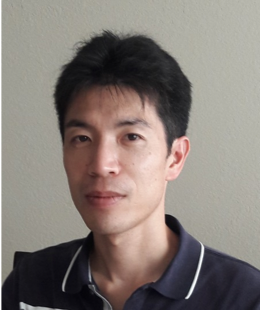Tetsuya Miyamoto, PhD

Research Assistant Professor
Contact
Molecular and Cellular Medicine
Medical Research & Education Building II, Room 4340
Bryan,
TX
77807
miyam001@tamu.edu
Phone: tel:+1-979-436-9062
Biography
Dr. Tetsuya Miyamoto is a research assistant professor in the Department of Cell Biology and Genetics. He received his bachelor of science from Hokkaido University in 1999 and his master of science in 2001 from Nagoya University in Japan. He obtained his PhD in science from Nagoya University in 2004 working with Dr. Junichi Obokata. Dr. Miyamoto worked as a postdoctoral fellow in the Department of Molecular Genetics and Microbiology at Duke University Medical Center under the guidance of Dr. Hubert Amrein. Dr. Miyamoto joined the Department of Cell Biology and Genetics at the Texas A&M University Naresh K. Vashisht College of Medicine as a postdoctoral research associate in 2010. He became a faculty member in the department in May 2018.Research Interests
- Dr. Miyamoto's research interest is in the field of neuroscience, particularly neurons involved in feeding and metabolism. Energy homeostasis is achieved through the regulation of numerous physiological processes across multiple organ systems. The brain plays a crucial role as an integration center in this regulation by evaluating nutritional status and coordinating appropriate physiological responses through secretion of different neuropeptides. Using fruit flies as a model organism, researchers investigate the cellular processes that control their ultimate release.
- Current projects focus on gluconeogenesis in the fly brain. Gluconeogenesis is a metabolic process to convert small carbon molecules (e.g., lactate, amino acids) into glucose. In humans, gluconeogenesis is thought to occur in the liver and kidney for systemic glucose production. However, fruit flies express gluconeogenic genes in a small subset of brain neurons, and their function is to promote neural signaling. Using various techniques, including functional glucose imaging in single neurons, researchers aim to identify the cellular mechanisms and biological roles of neuronal gluconeogenesis.